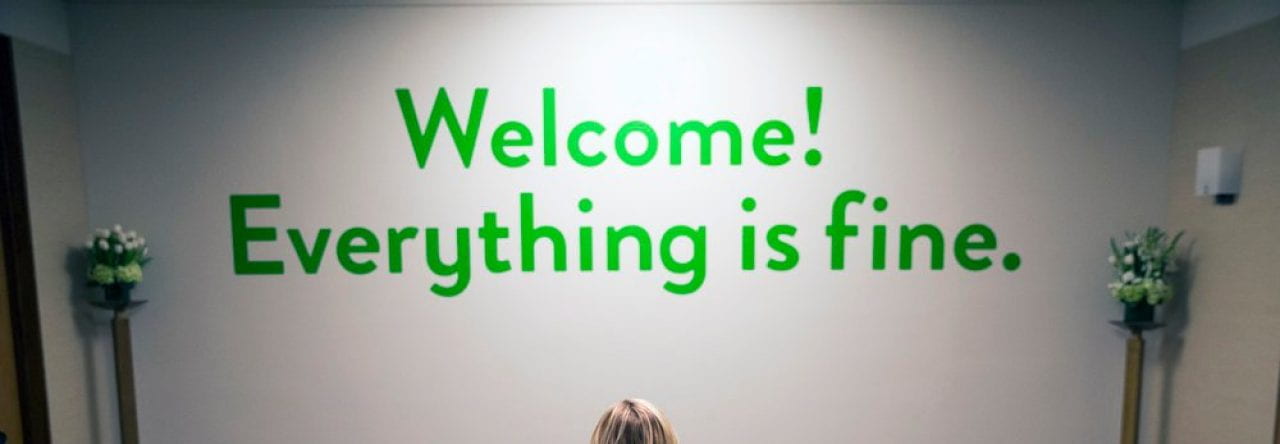Thompson, Teresa L., and Eugenia Zerbinos. “Television Cartoons: Do Children Notice it’s a Boy’s World?” Sex Roles, vol. 37, no. 5, 1997, pp. 415-432. ProQuest, http://prx.library.gatech.edu/login?url=https://search-proquest-com.prx.library.gatech.edu/docview/225382192?accountid=11107.
This study explores how children aged 4-9 see gender in children’s cartoons. 89 children watched cartoons to see how many boys vs girls they see, how often characters spoke, and to see if they recognized stereotypes such as women working “lower class” jobs. This study follows up on a 1970’s study that showed that in 70’s cartoons, women and girls were quiet, less in number, needed to be rescued, and fell in love at first sight. According to the results, in the 90’s, not much has changed. This study is relevant to the generational aspect and the gender representation aspect of the research question. It also takes into account many parts of how children may view tv, such as if mothers work traditional “female” jobs, non traditional jobs, or work at all.
Wilson, Barbara J. “Media and Children’s Aggression, Fear, and Altruism.” The Future of Children, vol. 18, no. 1, 2008. ProQuest, http://prx.library.gatech.edu/login?url=https://search-proquest-com.prx.library.gatech.edu/docview/1519298615?accountid=11107.
This study explores how children are affected by television and the media. It explores how the media can affect emotional growth and development, including the development of empathy. It then investigates social behavior in children, such as development of morality and a tendency to view the media and develop aggression. The results show that television and media affect every child differently, but some trends were noted. For example, kids who focused on a humorous subplot in a tv show about earthquakes often weren’t affected by the negative emotions that kids who watched the same show without humor were affected by. Socially, a startling result is that many “hard to control” preschoolers in the study were exposed to violent tv and media. While this study doesn’t explore gender representation, it does show how children are affected by different topics in tv; this can add a lot of benefit to our study of children’s television.
Anderson, Kristin J., and Donna Cavallaro. “Parents Or Pop Culture?: Children’s Heroes and Role Models.” Childhood Education, vol. 78, no. 3, 2002, pp. 161-168. ProQuest, http://prx.library.gatech.edu/login?url=https://search.proquest.com/docview/210386477?accountid=11107.
This study investigates children’s role models and heroes and how television and media influences this. It was conducted on children ages 8-13, and several questions were asked; how do we determine who children want to be like? Does ethnicity and gender influence these role models? How can people guide children to learn about more role models? Typically, children tended to admire the heroes and protagonists, but this can have detrimental effects. “Good” characters are rarely punished for violent actions, so children may see violence as an answer. Also, women and people of color are severely underrepresented in many superhero comics and shows, as well as in the media in general. Also, children tend to pick real-life people as role models too. This study shows an interesting way of viewing children’s role models and how factors such as gender may influence them.
Gerbner, George, PhD. “Children’s Television: A National Disgrace.” Pediatric Annals, vol. 14, no. 12, 1985, pp. 822-823,826-827. ProQuest, http://prx.library.gatech.edu/login?url=https://search.proquest.com/docview/1023315623?accountid=11107.
This source shows the negative and positive effects of television in children, discussing how television is a huge part of our lives and how rather than getting rid of it, it is possible to change and monitor it. Representation is bad; men outnumber women 3:1, younger people are represented ⅓ less than their population, and seniors over 65 are represented less than ⅕ of their population. Much of the characters in television are law enforcement officers, doctors, lawyers, and judges, of which many enforce rules and laws. The content of television often makes children grow into adults that believe in a mean world, one full of mistrust and bad things. This source gives a glimpse into representation on television, how it affects people, and a few ways to improve children’s television (such as requiring 5 hours a week of educational programs for children.)
Abad-Santos, Alex. “The Fight over She-Ra’s Redesign, Explained.” Vox, Vox, 18 July 2018, www.vox.com/2018/7/18/17585950/she-ra-redesign-controversy-netflix.
This news article explores the controversy of the new Netflix reboot of He-Man, She-Ra and the princess of power. Once the new designs were released in 2018, long time (mostly) male fans were angry about her design. The reboot is made to appeal to a younger audience, and She-Ra is portrayed as a young teenage girl, which she always was in the series. However, her old design is much more womanly and “sexy.” This article explains the controversy, links tweets to both sides of the argument, and offers some opinions. With reboots, the generational aspects of kids’ tv is shown. Those who viewed the original He-man as children have different values and expectations than the children of this generation. Exploring reboots of shows and the changes in representation will give us an important look into the generational changes of children’s television.
*not peer reviewed
Pyun, Sabrina. “The VOLTRON Reboot is Your 2016 Feminist Series.” ComicsVerse, Comicsverse, 26 June 2016, https://comicsverse.com/voltron-reboot-feminist-series/.
This article explores another reboot: Voltron: Legendary Defender. The previously mostly white cast has been replaced with a diverse one in the 2016 reboot. Representation is much better in the new show; it features cuban, asian, white, hispanic, and black characters as well as smart, witty, powerful women. Allura, who was formerly a white woman with blonde hair, is coded as black in the 2016 show. This is monumental. She’s also a fighter, tactician, and support during voltron’s battles. Pidge, who pretended to be a boy to enter the garrison, is a girl. But, there’s no significant gender reveal or drama about it. Before and after the reveal, she’s a hacker and genius and her gender doesn’t make anyone question it. This source is another examination into reboots, but this shows representation in gender and race, making it relevant to intersectional feminism.
*not peer reviewed
